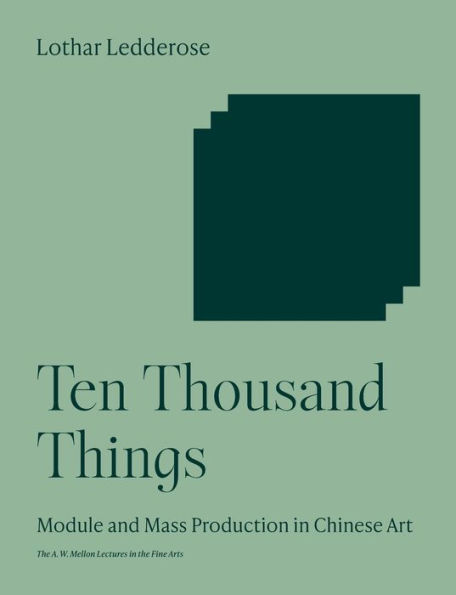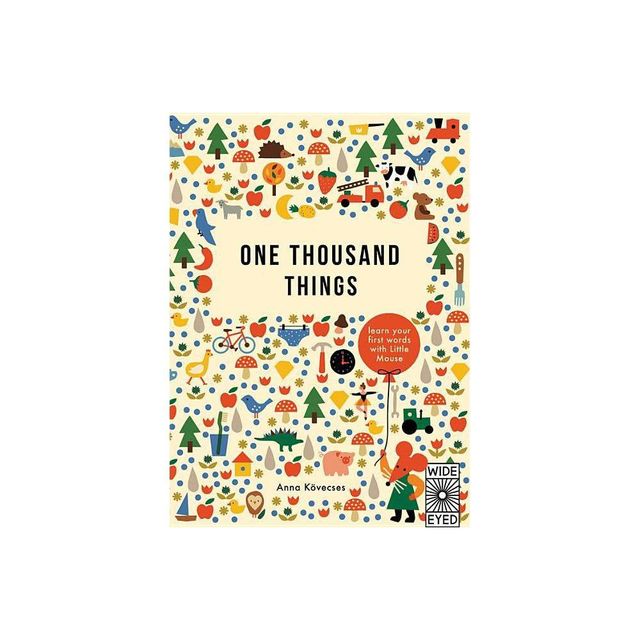Home
Ten Thousand Things: Module and Mass Production Chinese Art
Loading Inventory...
Barnes and Noble
Ten Thousand Things: Module and Mass Production Chinese Art
Current price: $45.00


Barnes and Noble
Ten Thousand Things: Module and Mass Production Chinese Art
Current price: $45.00
Loading Inventory...
Size: Paperback
*Product Information may vary - to confirm product availability, pricing, and additional information please contact Barnes and Noble
An incomparable look at how Chinese artists have used mass production to assemble exquisite objects from standardized parts
Chinese workers in the third century BCE created seven thousand life-sized terracotta soldiers to guard the tomb of the First Emperor. In the eleventh century CE, Chinese builders constructed a pagoda from as many as thirty thousand separately carved wooden pieces. As these examples show, throughout history, Chinese artisans have produced works of art in astonishing quantities, and have done so without sacrificing quality, affordability, or speed of manufacture. In this book, Lothar Ledderose takes us on a remarkable tour of Chinese art and culture to explain how artists used complex systems of mass production to assemble extraordinary objects from standardized parts or modules. He reveals how these systems have deep roots in Chinese thought and reflect characteristically Chinese modes of social organization. Combining invaluable aesthetic and cultural insights with a rich variety of illustrations,
Ten Thousand Things
make a profound statement about Chinese art and society.
Chinese workers in the third century BCE created seven thousand life-sized terracotta soldiers to guard the tomb of the First Emperor. In the eleventh century CE, Chinese builders constructed a pagoda from as many as thirty thousand separately carved wooden pieces. As these examples show, throughout history, Chinese artisans have produced works of art in astonishing quantities, and have done so without sacrificing quality, affordability, or speed of manufacture. In this book, Lothar Ledderose takes us on a remarkable tour of Chinese art and culture to explain how artists used complex systems of mass production to assemble extraordinary objects from standardized parts or modules. He reveals how these systems have deep roots in Chinese thought and reflect characteristically Chinese modes of social organization. Combining invaluable aesthetic and cultural insights with a rich variety of illustrations,
Ten Thousand Things
make a profound statement about Chinese art and society.

















